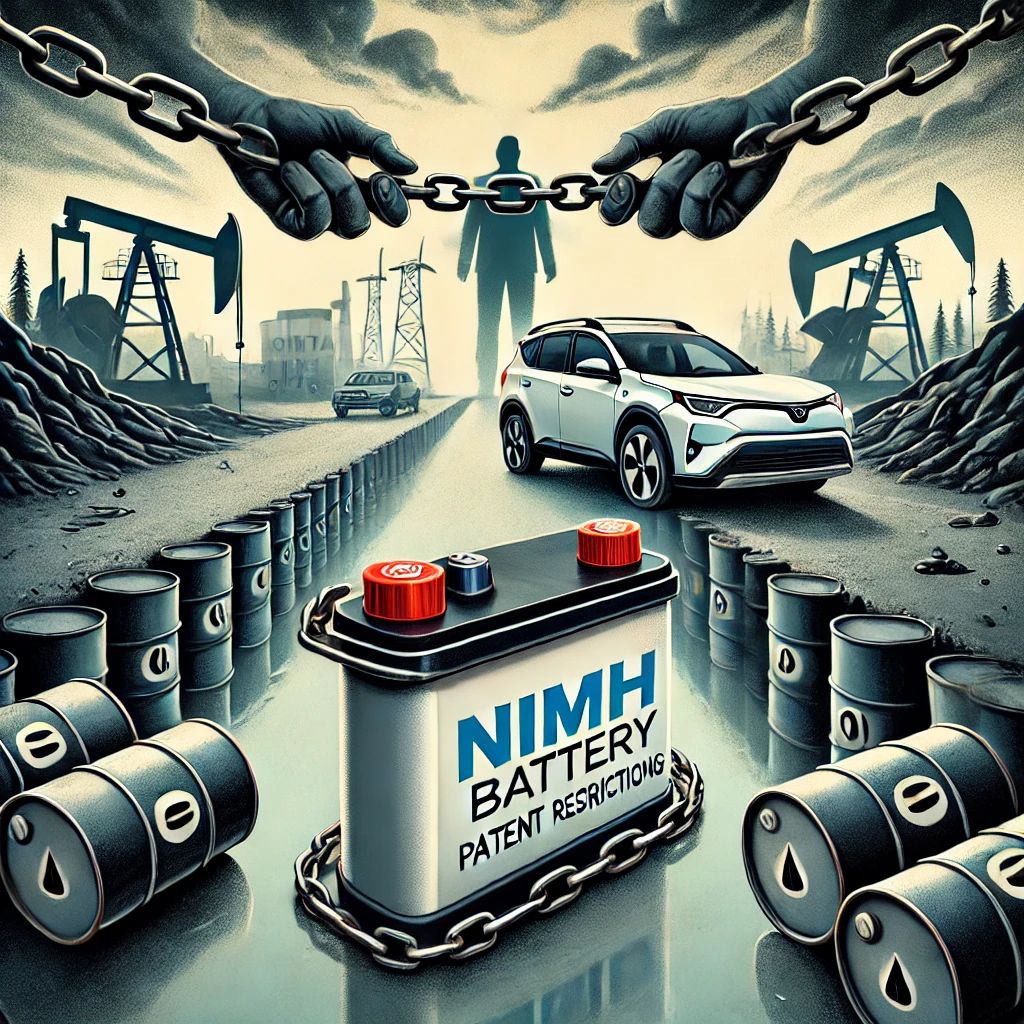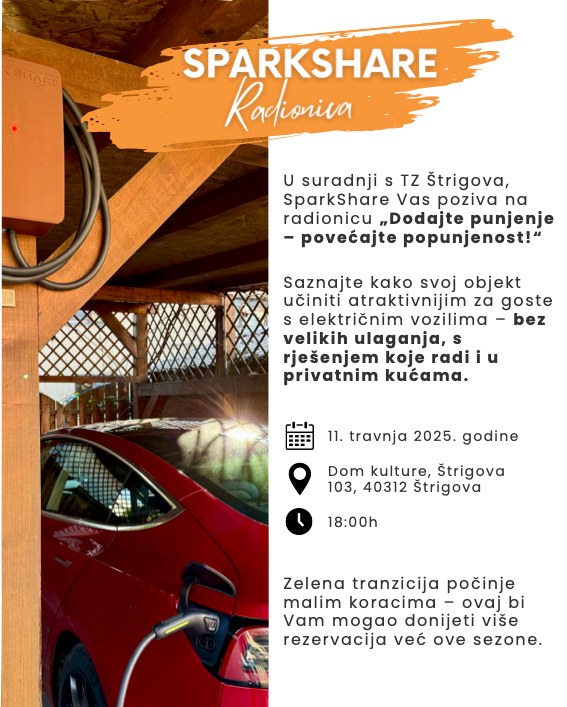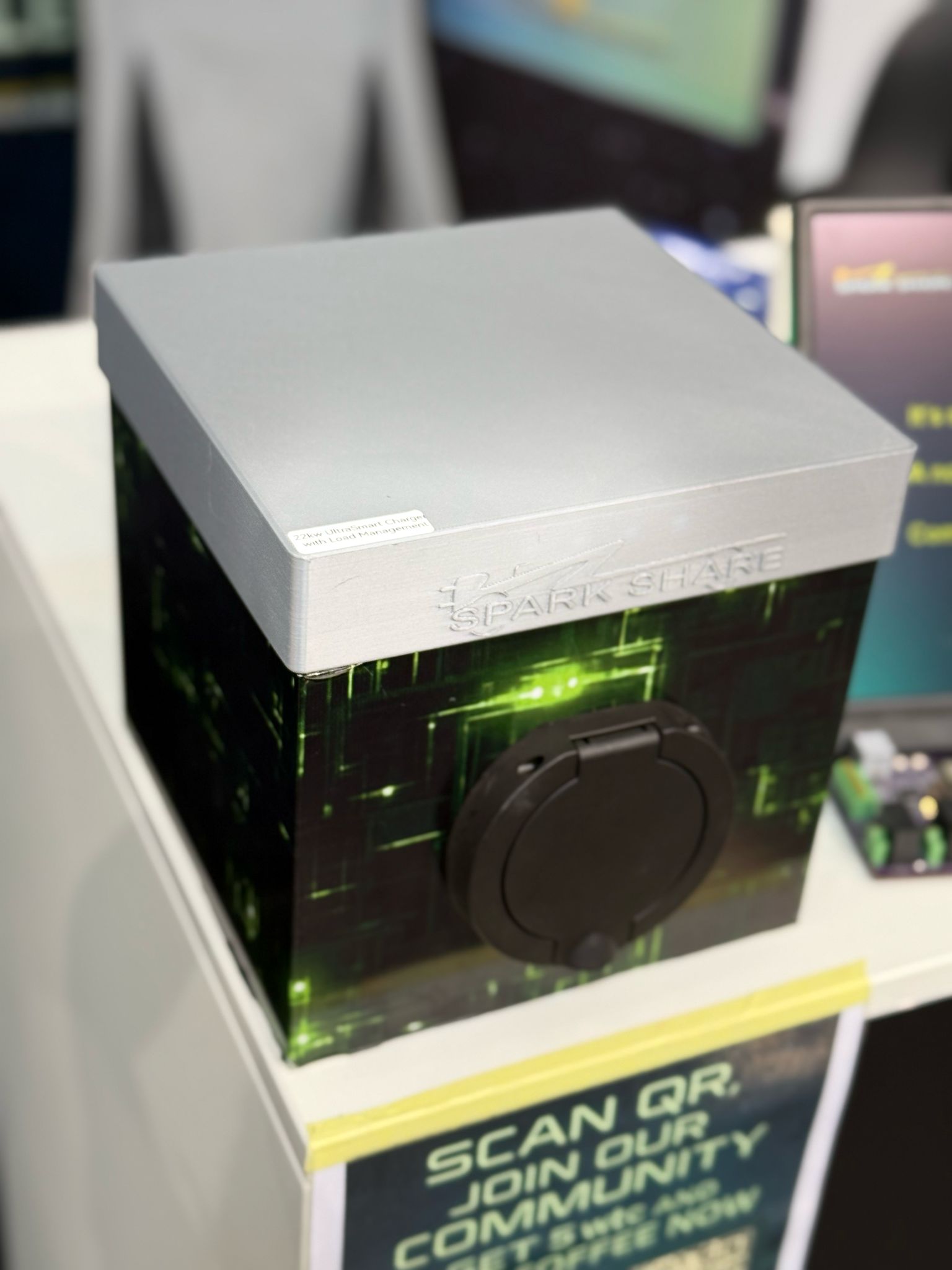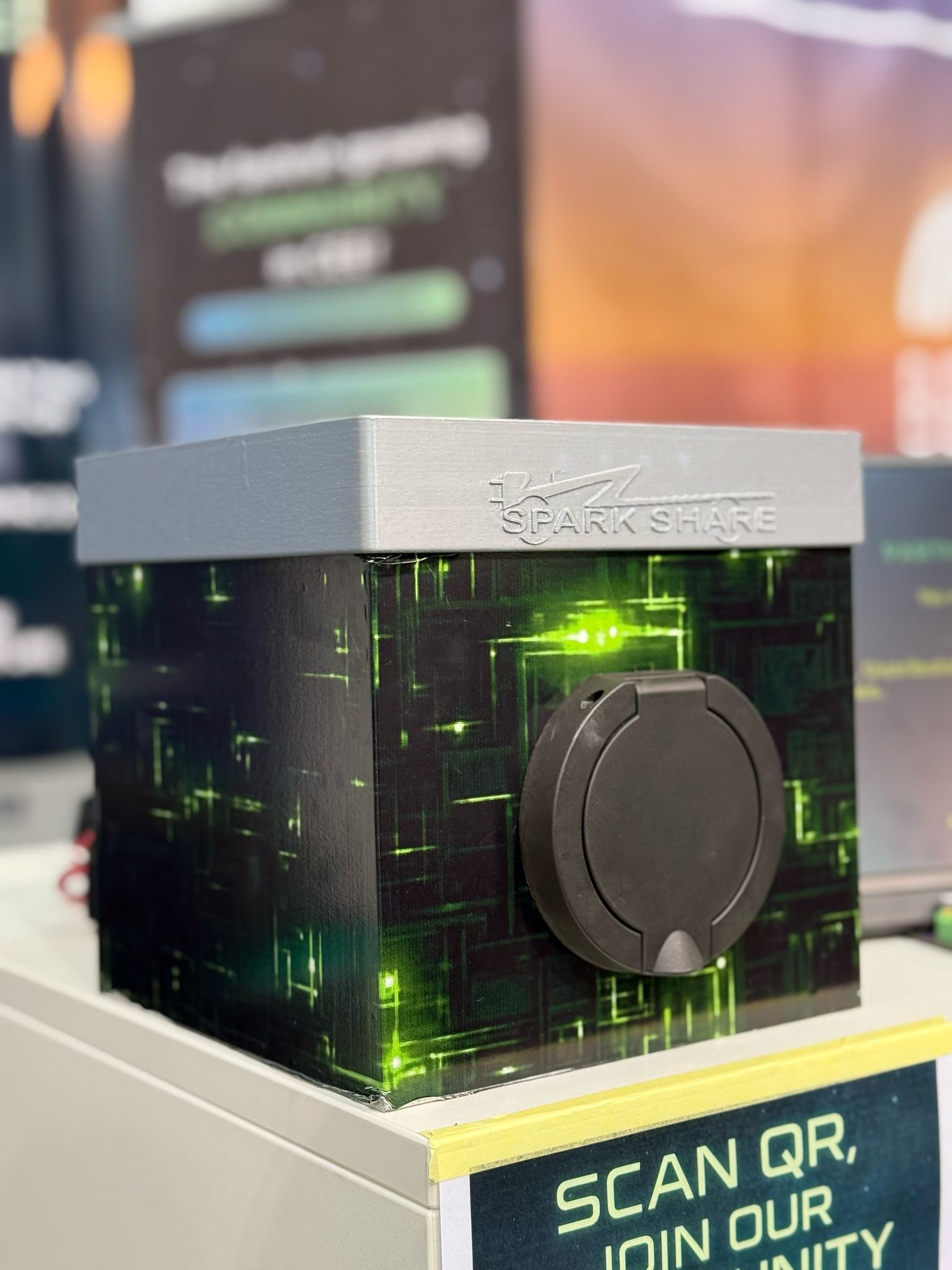
Electric RAV4: Toyota’s Unfinished Revolution ⚡️
Briefly, at the beginning of the 2000s, a hint of the future appeared on the roads: the Toyota RAV4 powered entirely by electric energy. It was the RAV4 EV – an innovative crossover that, despite its very ordinary exterior, hinted at a deep change in what SUVs could be. Long before Tesla gained worldwide fame or before electrification became the central theme of the automotive industry, Toyota’s electric RAV4 was among the first pioneers. 🚗💡 Robust, reliable, and surprisingly practical, this model opened many drivers’ eyes to the world of emission-free transportation. However, despite its initial success and a loyal fanbase, the RAV4 EV remained an unfinished revolution. The reason for this lies in a web of patent restrictions and oil industry interests that revolved around the very core of the electric car: its battery. 🔋
Early Success 🚀
In the late 1990s, Toyota began limited production of the RAV4 EV, prompted by the California zero-emission vehicle (ZEV) mandate. The goal was to test whether electric SUVs could provide enough range and performance. According to numerous reports, Toyota largely succeeded in this. The RAV4 EV achieved a range of about 160 kilometers (approximately 100 miles) on a single charge – which was exceptional for its time, especially considering that widespread fast-charging networks did not yet exist. ⚡️ Drivers reported that the experience was far from experimental; it drove, handled, and behaved like any other RAV4, but with silent acceleration and no exhaust fumes. 🌱
Toyota discovered something fascinating: average drivers enjoyed the simplicity of overnight charging, and many quickly fell in love with the quiet, smooth acceleration. The RAV4 EV boasted low maintenance costs – no oil changes, no complicated transmission, and less worn-out brakes thanks to regenerative braking. It was an SUV that truly delivered on its promise: it transported groceries, children, and enabled daily commutes without a drop of fuel. 🌍
Battery Problems 🔋
The RAV4 EV was powered by nickel-metal hydride (NiMH) batteries, a significant step forward at the time compared to older lead-acid batteries. NiMH offered greater capacity, longer lifespan, and the reliability that Toyota required. However, what most buyers didn’t know was that large NiMH batteries were under strict patent control. At the time, key patents for high-capacity NiMH battery cells were held by a group linked to a major oil company. These patents essentially prevented mass production or sale of “automotive-grade” NiMH cells to vehicle manufacturers unless they were willing to accept complex – and expensive – licensing agreements or engage in legal battles. ⚖️
Already involved in NiMH technology through its hybrid Prius, Toyota was faced with a fait accompli when it came to the potential expansion of the RAV4 EV program. While NiMH technology was reliable, stable, and had the potential for even better range, patent holders had little incentive to widely introduce it into electric vehicles – especially if it could compete with the oil industry. 🛢️
Faced with patent restrictions and corporate behind-the-scenes maneuvering, Toyota ultimately had to slow down its plans for NiMH-powered electric cars. For the RAV4 EV, this meant small-scale production and limited availability. Enthusiasts who adored this car were left stranded. 😞
Moment of Frustration 😩
For electric vehicle advocates, who saw the electric RAV4 as a glimmer of hope, the realization that its progress was stalled by patent scheming was a painful disappointment. The thought that we could have already witnessed mass production of more efficient and affordable electric vehicles – had it not been for the complex patent restrictions – still stirs bitterness today. 😔
Some owners held on to their RAV4 EVs for years, racking up hundreds of thousands of kilometers without significant battery capacity loss. These real-world stories sparked both admiration and frustration: if even the early generations of electric vehicles proved so durable, imagine what we could have achieved with unrestricted access to high-capacity NiMH or modern battery technologies. 🤯
Turnaround 🔄
As the automotive industry increasingly turns to electrification, the patent restrictions that once hindered NiMH batteries are now less relevant, primarily because lithium-ion (Li-Ion) technology has taken the lead in the electric vehicle market. Lithium-ion batteries offer greater energy density and range. In that sense, the automotive scene has surpassed NiMH. However, it’s important to remember that NiMH was once on the verge of broader inclusion in electric vehicles. 🚙⚡️
The current boom in electric cars owes much to pioneers like Toyota’s RAV4 EV. Although it was limited by forces beyond Toyota’s control, this small SUV proved that fully electric driving could fit into family life. It also highlighted the broader conflict between influential industry players and new, promising technologies. The echoes of that conflict are still heard today, reminding us that innovations never emerge in a vacuum – corporate and legal forces can profoundly impact even the most promising ideas. ⚖️






